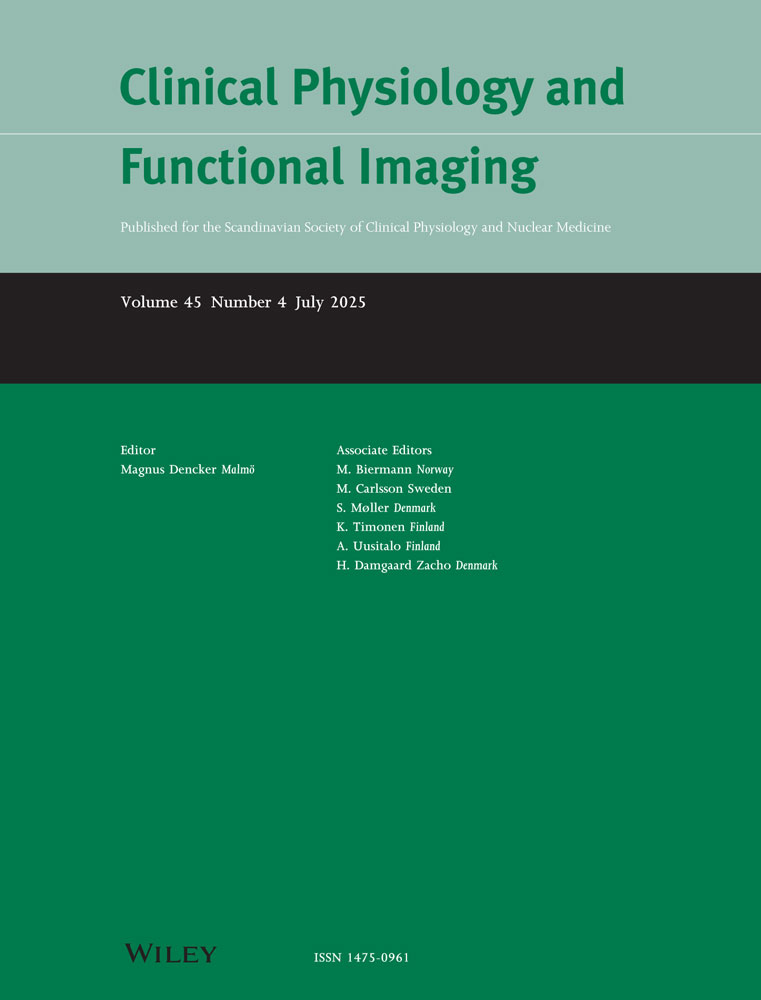The value of the HFA-PEFF and H2FPEF scores in determining the phenotypes and comorbidity burden in heart failure with preserved ejection fraction
Abstract
Background
The HFA-PEFF and H2FPEF scores are widely used for diagnosing heart failure with preserved ejection fraction (HFpEF). However, HFpEF is a heterogeneous condition with multiple phenotypes influenced by comorbidities and etiologies.
Objectives
This study aimed to evaluate the performance and agreement of these scoring systems across different HFpEF phenotypes and identify additional echocardiographic and clinical parameters that may improve phenotyping.
Methods
A total of 194 HFpEF patients were classified into three phenotypes: (1) common metabolic group, (2) atrial fibrillation (AF)-predominant group, and (3) hypertension with left ventricular hypertrophy group. The clinical, laboratory, and echocardiographic characteristics of these phenotypes were analyzed. The agreement and performance between HFA-PEFF and H2FPEF scores for phenotypes in HFpEF patients were assessed.
Results
A total of 194 HFpEF patients were included. While 92.3% of patients had a high HFA-PEFF score, only 42.8% had a high H2FPEF score. The agreement between these scoring methods was low across all phenotypes. Phenotype-specific differences were observed: interventricular septal thickness was highest in phenotype 3, systolic pulmonary artery pressure (SPAP) was highest in phenotype 2, and left atrial reservoir strain (LASr) and right ventricular free wall longitudinal strain (RV-FWLS) were lowest in phenotype 2.
Conclusion
The HFA-PEFF and H2FPEF scores showed limited agreement in distinguishing HFpEF phenotypes. Additional echocardiographic parameters such as IVS thickness, SPAP, LASr, and RV-FWLS may enhance phenotypic differentiation and improve HFpEF classification. A more refined diagnostic approach incorporating these parameters could guide personalized treatment strategies.
CONFLICT OF INTEREST STATEMENT
The authors declare no conflicts of interest.
Open Research
DATA AVAILABILITY STATEMENT
The data associated with the paper are not publicly available but are available from the corresponding author on reasonable request.




